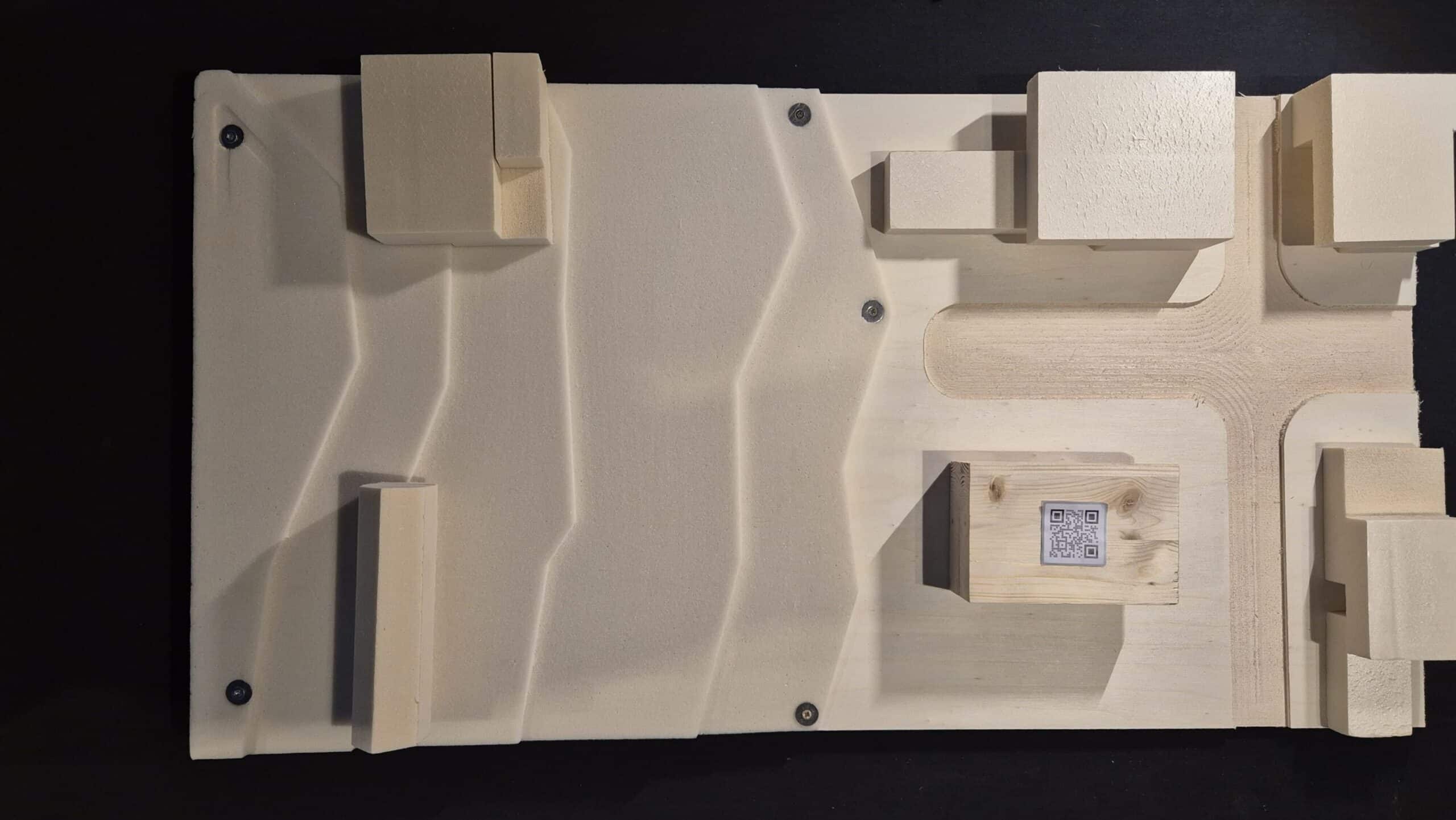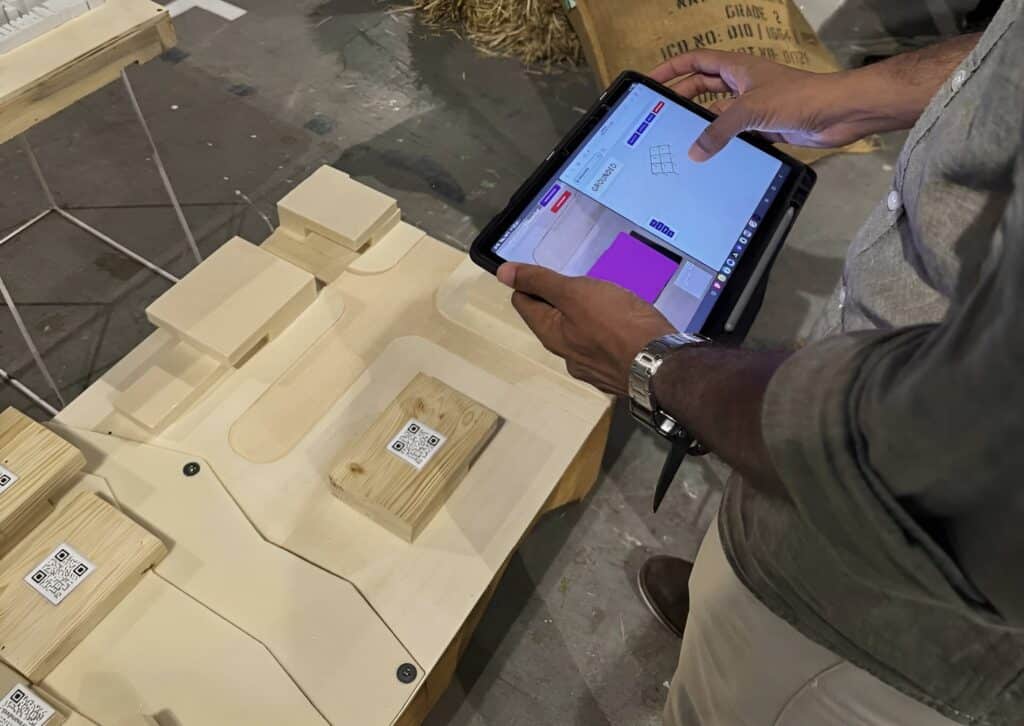
In contemporary architectural practice, the gap between conceptual design and structural analysis often leads to delays, miscommunication, and inefficient iteration cycles. This project proposes an integrated workflow that bridges this divide by creating an interactive interface where architects can receive real-time structural feedback while scanning their preliminary physical model. By combining Unity-based visualization, QR code-enabled physical interaction, and backend structural analysis using PyNite, the system empowers designers to test material choices, spans, and load-bearing strategies dynamically. This approach not only streamlines collaboration between architects and engineers but also fosters confident, data-informed design decisions from the outset.
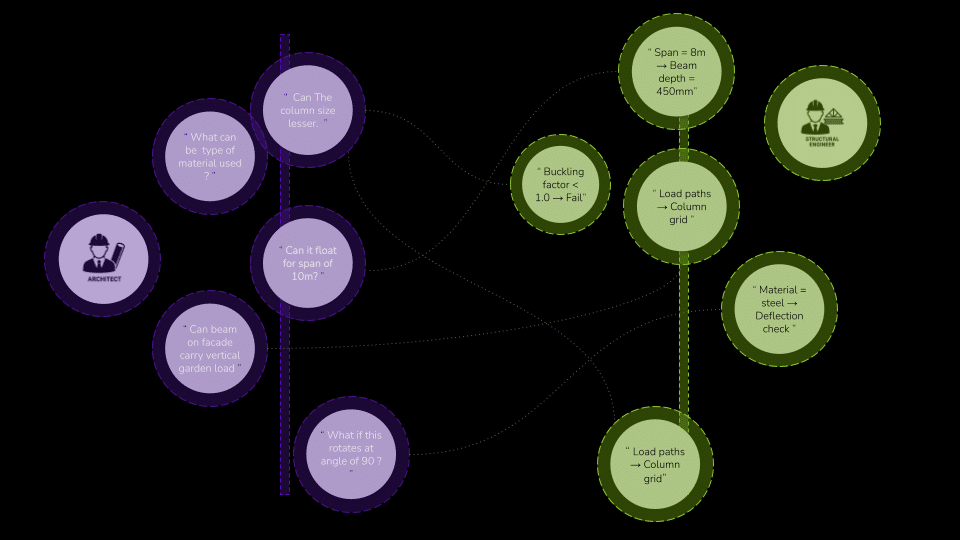
Architects and structural engineers often operate with different priorities. Architects typically focus on aesthetics, spatial experience, and form, while structural engineers are primarily concerned with stability, safety, and material efficiency. These differing perspectives can lead to time-consuming conflicts during the design process, especially when an architect’s vision challenges conventional structural logic. This misalignment not only affects project timelines but can also limit innovation or compromise safety if not resolved effectively.
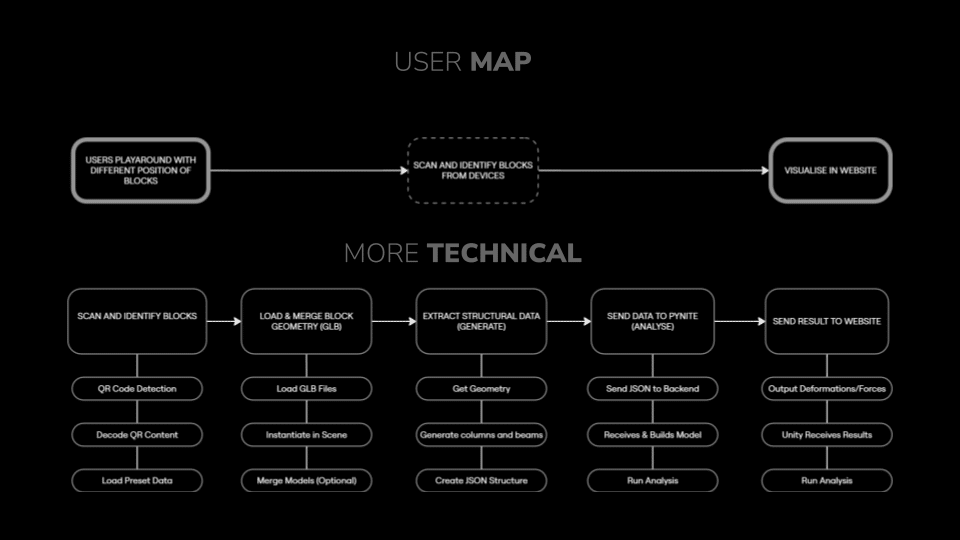
The technical roadmap outlines an end-to-end system that connects physical block configurations with structural analysis and real-time visualization. The process begins with scanning and identifying physical blocks using QR codes. These codes are decoded to retrieve preset structural data such as material types or predefined functions. Next, the system loads the corresponding 3D GLB geometries, instantiates them in the Unity scene, and optionally merges them into a single model. Once the geometry is in place, structural data is extracted—columns and beams are generated based on the spatial arrangement, and a structured JSON file is created to represent the entire setup. This JSON is then sent to a backend where PyNite is used to rebuild the model, apply loads, and run finite element analysis (FEA). The resulting deformation, force, and buckling data is sent back to the Unity interface for visualization.
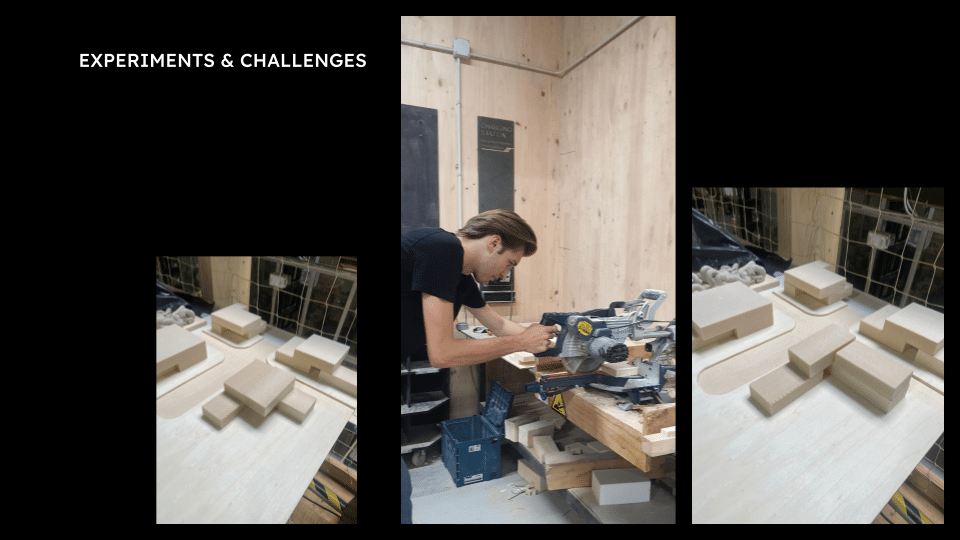
During the experiments and challenges, the most difficult task was merging the GLB files and converting the resulting geometry into a node-and-edge structure suitable for structural analysis. Future directions include removing reliance on predefined presets by enabling full-scene scanning, automatic element placement across levels, and seamless structural visualization directly within the design environment
